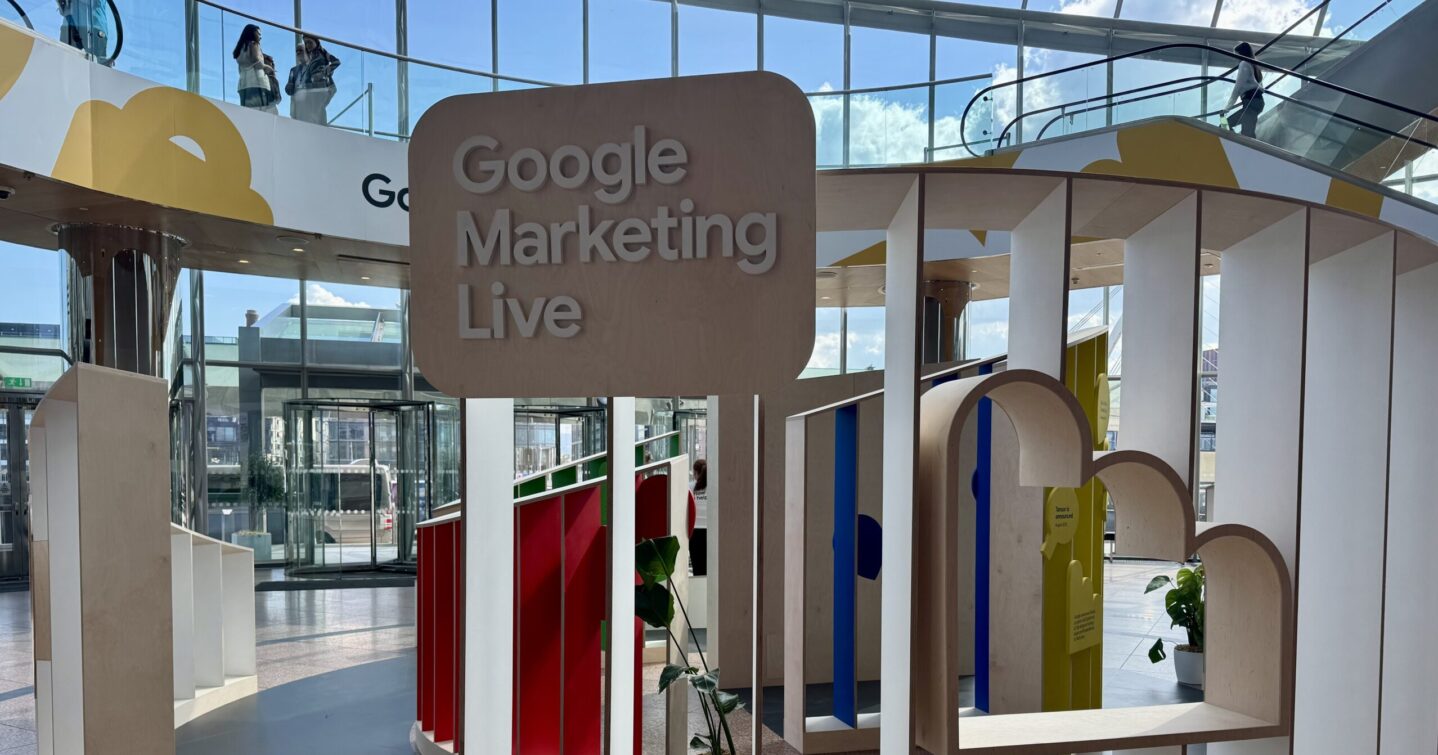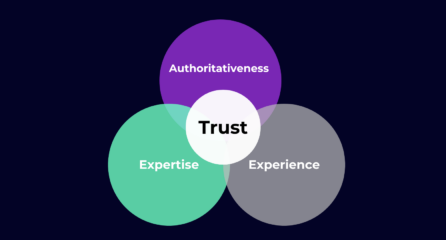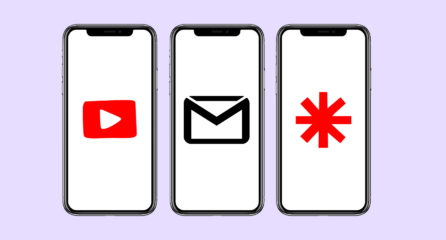Google Marketing Live is a key event on the digital marketing calendar. This invite-only, two-day conference is Google’s opportunity to share what’s new in the world of search and digital advertising and, most importantly, to get buy-in from their key target audience (in-house and agency marketing professionals responsible for billions of pounds of media spend for Google).
Wez (who heads up our Paid Media division) and I attended this year. Following on from last year, AI was still the core subject of the conference. However, this year, Google was more confident with its offerings and positioning around AI, and the value that it will bring to advertisers and end audiences. They shared many new AI-powered products and developments, which we’re feeling excited to introduce to the team and adopt for our clients.
Another interesting element of the event is to understand what is still important to Google – where is it investing? What products is it deprioritising? How is the search space evolving? Google stressed its commitment to search, and shared more insight into how search features are evolving to new user search behaviours (such as multimodal search) and how SERPs are evolving around AI (AI Overviews are here to stay!). YouTube continues to be Google’s answer to compete with user-generated content platforms, such as TikTok and Instagram.
Read on for my takeaway themes from this year
AI IS TAKING OVER THE SERPS
- AI Overviews: AI Overviews have gradually rolled out to become a core feature of our search engine results pages. These featured a lot in the conference, and Google is confident in how AIOs are performing. On multiple occasions, Google stressed the quality of answers returned in AIOs, stating the value in the breadth of links and information presented. According to Google’s data, this means that when users click on a link, it is a more considered click, leading to better quality and more qualified traffic being sent to websites. Therefore, spending longer and going deeper into their chosen sites. Read more on AI Overviews.
- AI Mode: AI Mode sees more of the SERP being AI-powered, and it is currently being tested in Search Labs – Google’s experiment / beta platform. Google announced that this has recently started to be rolled out in the US, following a successful trial.
SEARCH IS STILL KEY
The message from Google is clear: search is not going anywhere. In fact, it continues to grow, and Google is committed to evolving search and keeping it relevant (especially for Gen Z) and to make it as natural to use as possible.
3 themes have emerged when it comes to AI in search:
- AI-powered discovery: Search queries are becoming more complex, and AI is able to better understand the real intent behind the search and anticipate the commercial need.
- Multimodal understanding – AI tries to understand signals of intent in different formats. Multimodal search will continue to grow, with the growing use of Google Lens.
- Agentic action – We also saw demos of how search is going to become more agentic, helping users to get things done.
From an organic perspective, this aligns with best practice for ranking anyway. Google recommended that brands build helpful, reliable, people-first content.
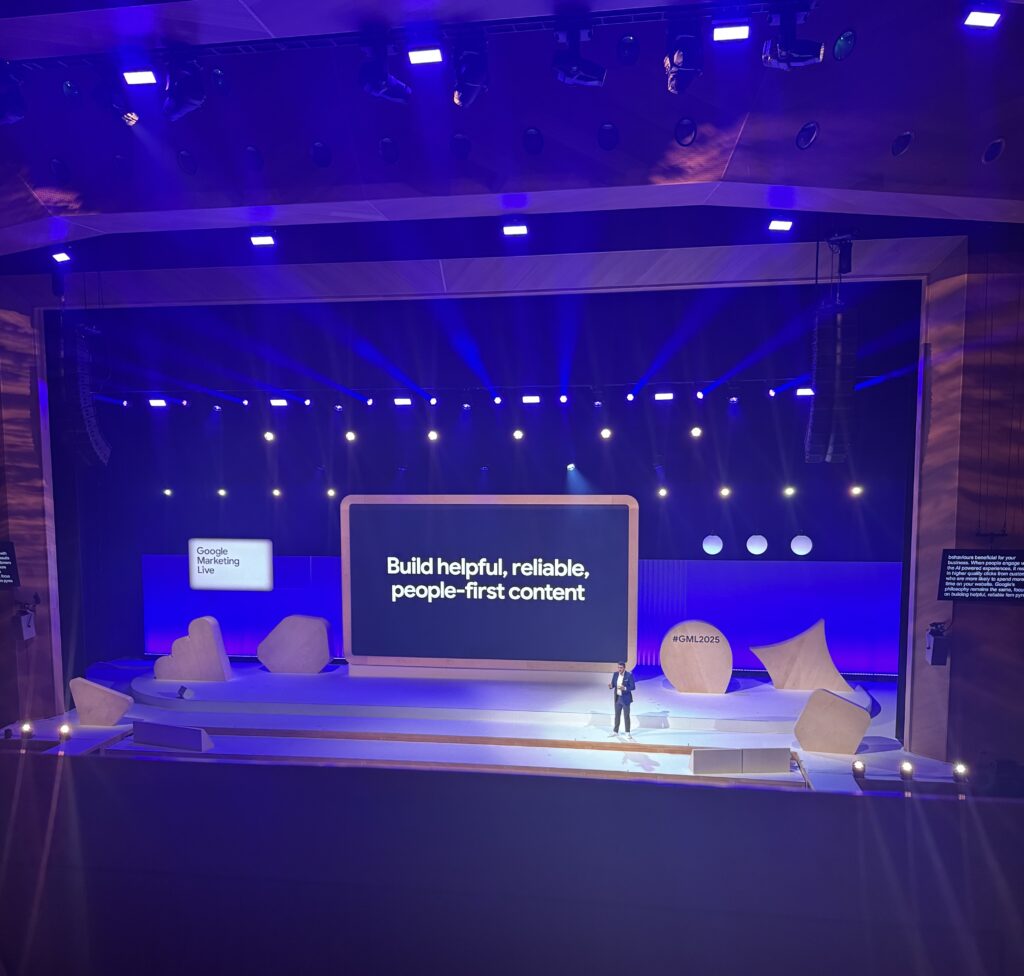
AI-powered features will probably improve campaign performance
Introducing… the Power Pack. The Power Pack is Google’s suite of AI-powered advertising products, available for us to use on client accounts to improve performance.
It comprises 3 core features:
- Performance Max (P-Max) – not a new one, but Google announced enhancements. P-Max combines all Google’s ad inventory channels into 1 ‘super’ campaign, managed by AI and optimised for specific goal conversions. One of the updates announced was better reporting, so advertisers will have more visibility over the performance of channels within P-Max. Read more about Performance Max here.
- AI Max for Search Campaigns – This new feature can be applied to existing search campaigns to reach more queries. Google AI learns from current keywords, creative and landing pages to find new search opportunities for campaigns. This makes it easier for advertisers to bid on more nuanced and potentially new search queries. This is becoming increasingly important in today’s market, with search queries becoming longer and more complex. Of all the developments, this is probably one that I am most excited about. It brings paid media ranking closer to organic algorithms, as relevance is a bigger ranking determinant (vs budget).
- Demand Gen completes the trio – This refers to advertising across YouTube, Shorts, Discover, Gmail and GDN, and includes AI-powered bidding and measurement. This is Google’s answer to trying to claw back marketing spend that has recently been reinvested in more visual social platforms such as TikTok or Instagram.
Read more about the Power Pack.
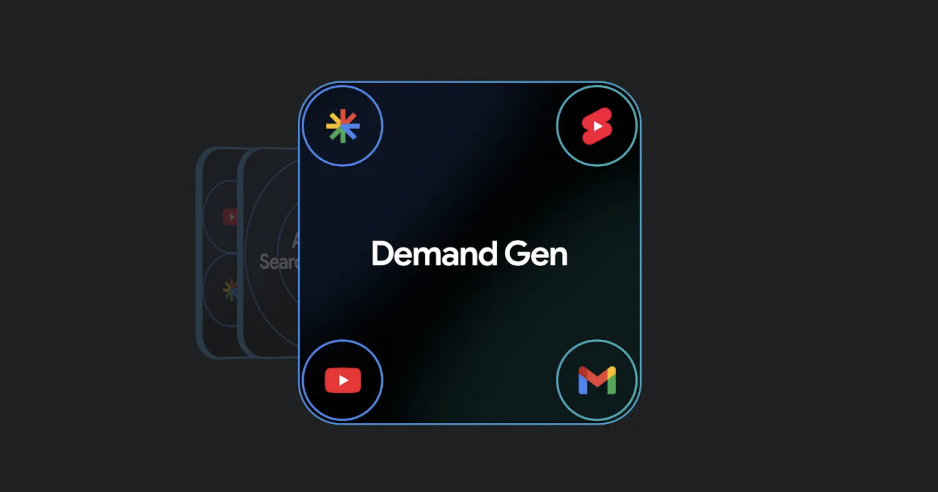
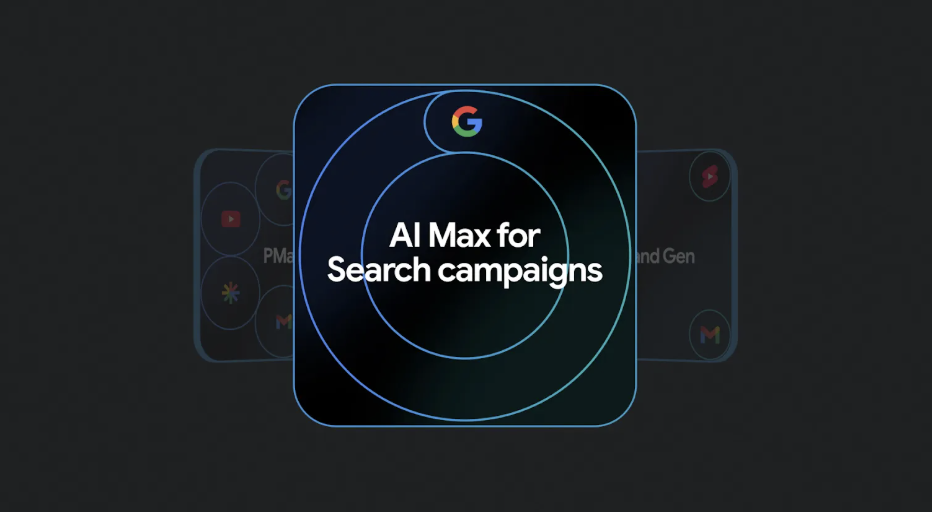
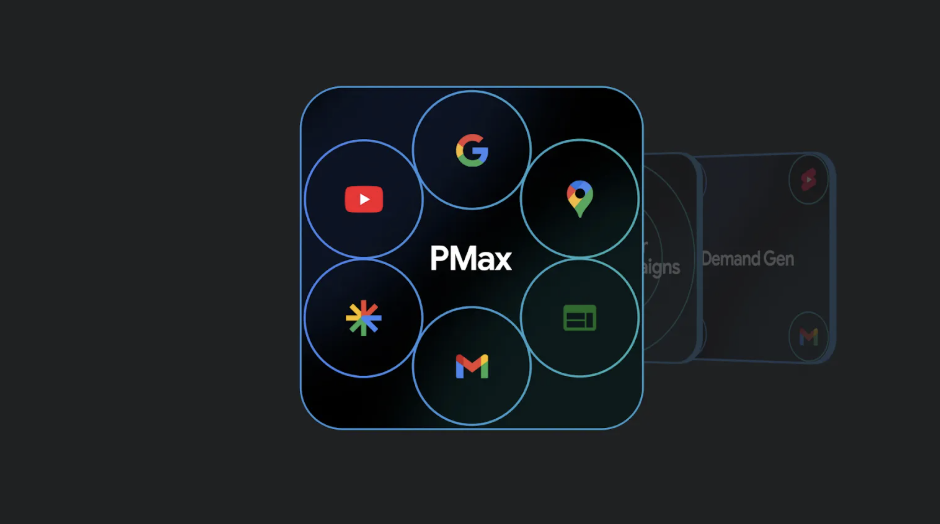
The above images are courtesy of Google – original images here.
A new framework to define today’s customer journeys
Google shared insight into how users are behaving online. As online behaviours continuously defy a traditional funnel, we’re seeing customers take an unpredictable journey across platforms from discovery to decision. Most shoppers hit at least 5 touchpoints before buying – and Google is there 86% of the time.
Google’s new framework for customer experience is based around ‘4S behaviours’:
- Searching: The rise of intent-driven exploration
- Streaming: Always-on media consumption
- Scrolling: Discovery in action
- Shopping: Nonlinear, seamless transactions
Audiences move seamlessly between platforms simultaneously in an unpredictable way. And each behaviour is an opportunity for marketers to reach their audience and push them to conversion.
Read more about the research here.
What else?
A few other important points to note:
- Google will introduce new SEO guidelines to match the AI search space. We’ll update you all on these once we’ve digested them!
- Google is developing more options for, and increasingly better quality, tools to help advertisers to make creatives – for example, Asset Studio, Imagen & VEO3.
We’re in a huge phase of transition, and digital marketing continues to evolve at an incredibly high pace. At Loom, we are at the forefront of the changes, upskilling ourselves and figuring out what they mean for our clients.
If you’d like to learn more about innovations in digital, search, or to discuss a business challenge, please feel free to get in touch.
